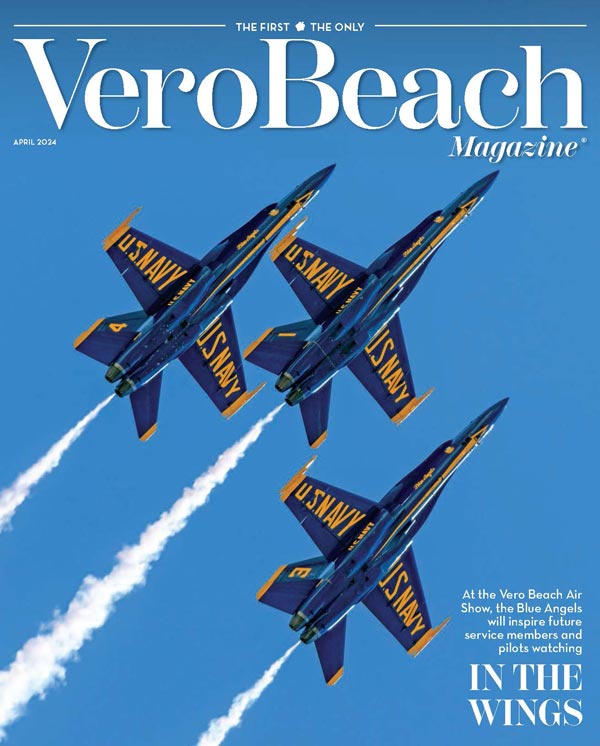
Imagine a bird that can fly backwards, hover in mid-air, and even briefly fly upside down. Imagine a bird that may be 3 inches in length and weigh one-tenth of a single ounce, yet can migrate across the continent and even across the Gulf of Mexico. Imagine this tiny bird using its long bill like a swashbuckler’s sword, defending a prized food source. Now imagine that this bird is so colorful and iridescent that it glitters in the sunlight like a ruby or an emerald.
Hummingbirds are amazing creatures for all of these reasons and more; indeed, the description would sound absurd if not for its familiarity. Unique to North and South America — the New World — these birds mystified European explorers and still spark a sense of wonder in those fortunate enough to observe them.
Where and when have you seen hummingbirds? For us here in Vero Beach, hummingbirds are visitors of the spring and autumn. Our area is not a year-round home for them, nor are they snowbirds here. However, for several species of hummingbirds, Vero Beach is a potential stop on their migration path. If you are observant, and if the timing is right, you may catch a glimpse of these birds during their great journeys, especially if you have a flower garden and if you set out a hummingbird feeder to give them some sustenance along the way.
There are well over 300 species of hummingbirds, and new ones are still being discovered. One holds the distinction of being the smallest bird of any kind: the bee hummingbird of Cuba, which is 2 inches long and weighs less than a dime. Its nest is an inch long, and each egg is smaller than a coffee bean. The bee hummingbird flaps its wings 80 times per second. During courtship flights, the rate may increase to 200 wingbeats per second.










 True Tails is a series written by Amy Robinson for Vero Beach’s dog lovers. Ask Amy about your dog’s behavior by clicking below.
True Tails is a series written by Amy Robinson for Vero Beach’s dog lovers. Ask Amy about your dog’s behavior by clicking below.
Facebook Comments